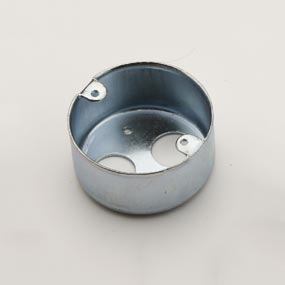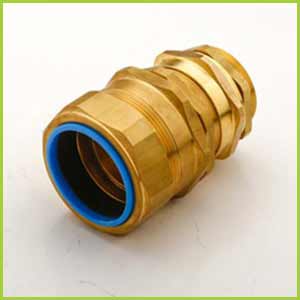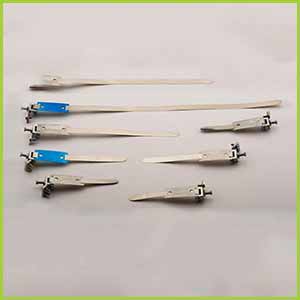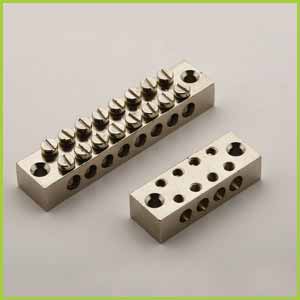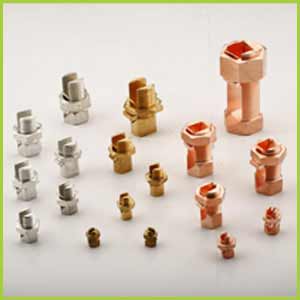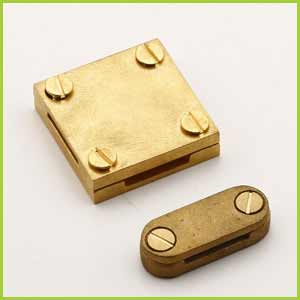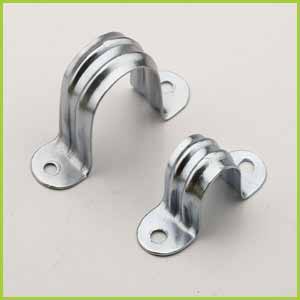Galvanized Iron (GI) Conduit Fittings: Ensuring Electrical Integrity
Exploring the World of GI Conduit Fittings
Galvanized Iron (GI) conduit fittings emerge as the essential components within electrical installations, serving the vital roles of securing, connecting, and effectively managing electrical conduits. These conduits act as protective shields for electrical wires or cables, offering a secure and organized path for electrical systems. GI conduit fittings are meticulously tailored for deployment in conjunction with galvanized iron conduits, ensuring seamless compatibility.

Hook Plate

Two Hole Strap
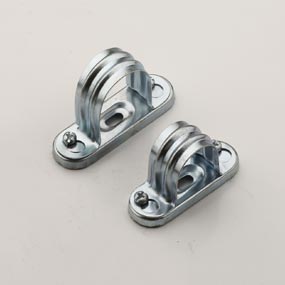
Spacer Bar Saddle
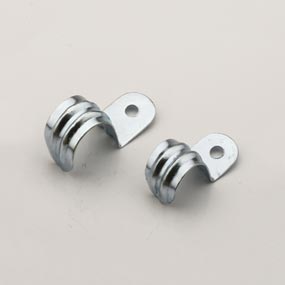
One Hole Strap
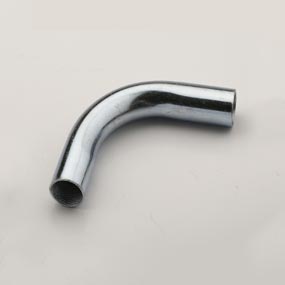
Long Elbow

Male Spacer
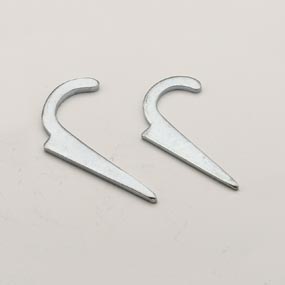
Nail Up Strap
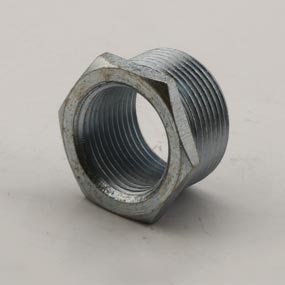
Male-Female Ruducer
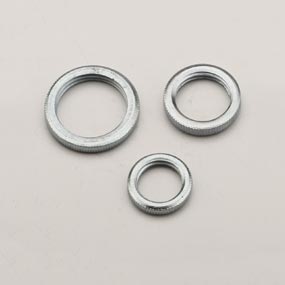
Knurling Ring
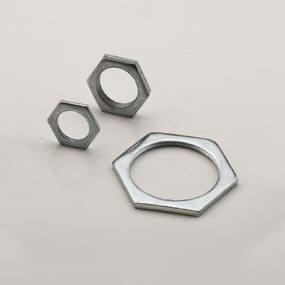
Lock Nut
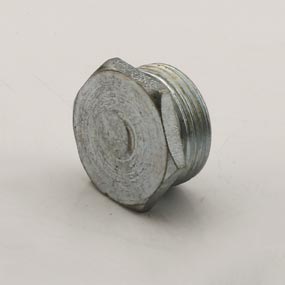
Male Bush
